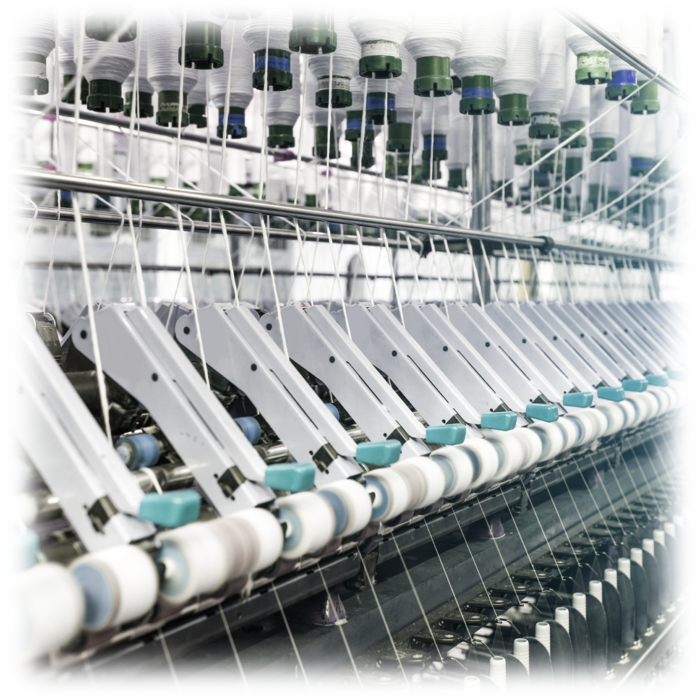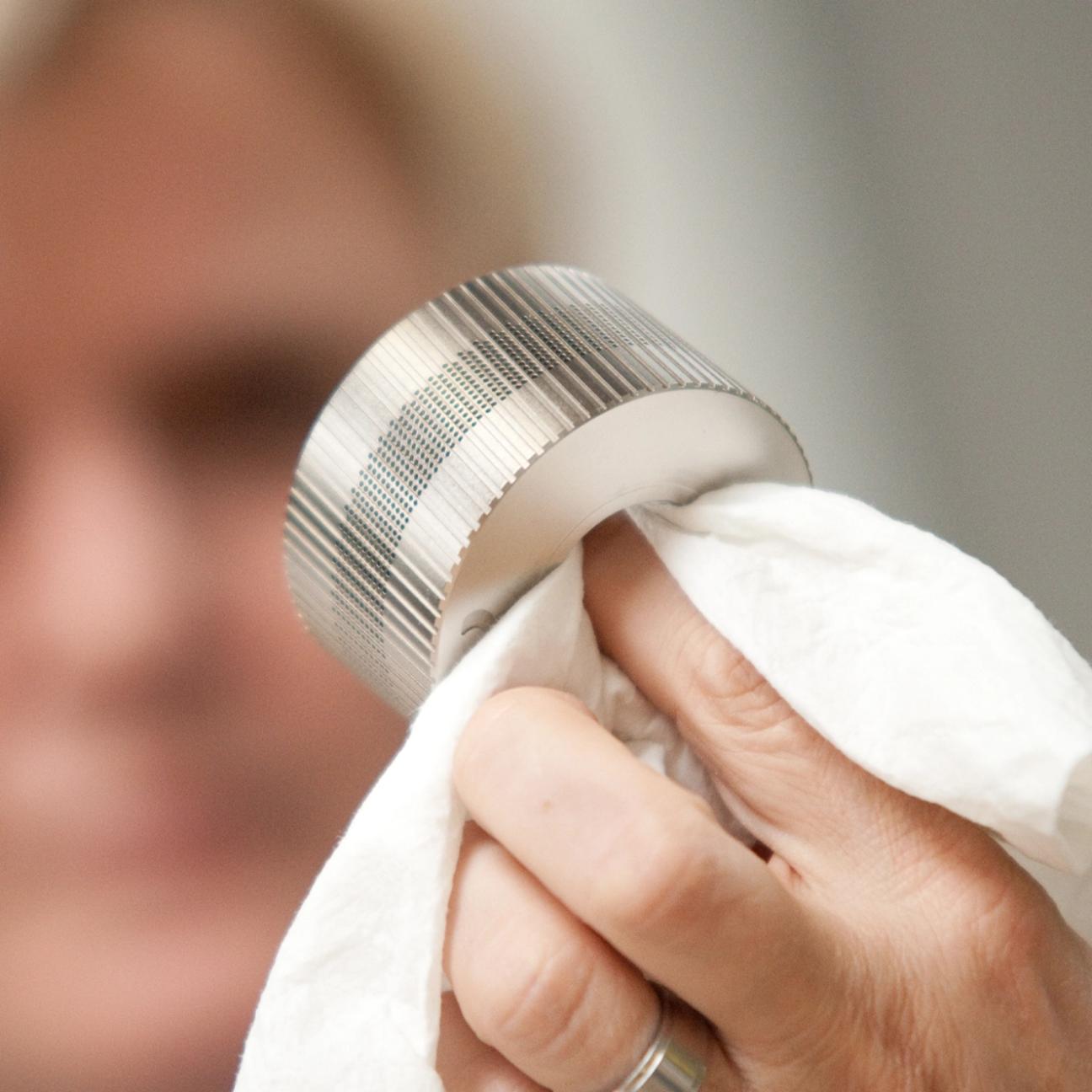Your partner in the
textile sector.
Functional coatings for wear, scuffing and corrosion protection as well as friction reduction
Surface treatment and coating in the textile industry is of a crucial nature. A few examples illustrate this: Our functional surface treatments offer improved sliding properties and friction reduction for rotor spinning to ensure efficient fibre formation. Ring spinning benefits from coatings that increase the wear resistance and service life of the spinning rings. Airspinning technology can be optimised with specific coatings to ensure precise fibre guidance and even distribution. In the production of man-made fibres, we rely on coatings that improve chemical resistance and surface quality. Regardless of the specific requirements, our development department is ready to work with you to develop the perfect surface coating.
Insight into our customised solutions for our customers in the textile sector.
Coating with electroless nickel-diamond - DIADEM®
The fibre-carrying components in textile machines are exposed to massive wear and tear. Both cotton and synthetic fibres are subject to severe abrasive wear due to mineral impurities and added additives (lubricants). In addition, in order to achieve the best possible yarn quality in the spinning processes, a surface is required that has a defined coefficient of friction that remains constant over the service life of the component.
A proven solution to these problems is the coating of textile machine components with an electroless nickel-diamond (DIADEM) dispersion layer. This layer consists of an electroless nickel matrix in which the finest diamond particles are evenly distributed. The diamond particles significantly increase the hardness and wear resistance of the coating.</p
Improving the service life of textile machines
Chemical nickel-diamond coatings increase the service life of textile machine components many times over. The fine diamond particles not only provide wear protection, but also ensure a defined, advantageous coefficient of friction between the surface and the textile fibre. Due to the heterogeneous layer structure, these friction properties remain constant over the service life of the component. This is crucial for consistent, high yarn quality. The electroless nickel matrix, on the other hand, guarantees absolutely contour-true reproduction of the often complex component geometries with the tightest tolerances in the micrometre range. The high corrosion resistance of the layers ensures trouble-free operation of the components even under the often unfavourable conditions of high humidity and aggressive avivages.
The long service life of the coated components contributes significantly to the economical operation of fully automated textile machines. Reduced maintenance intervals and production interruptions increase efficiency while at the same time achieving higher yarn qualities.</p



